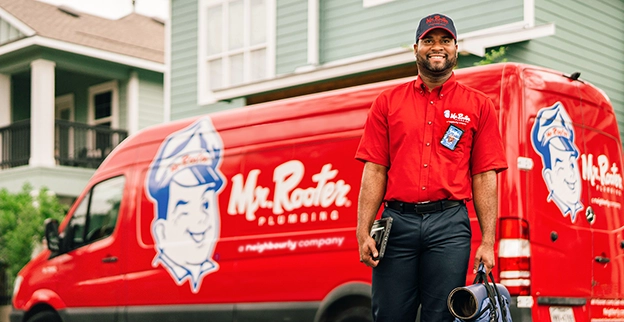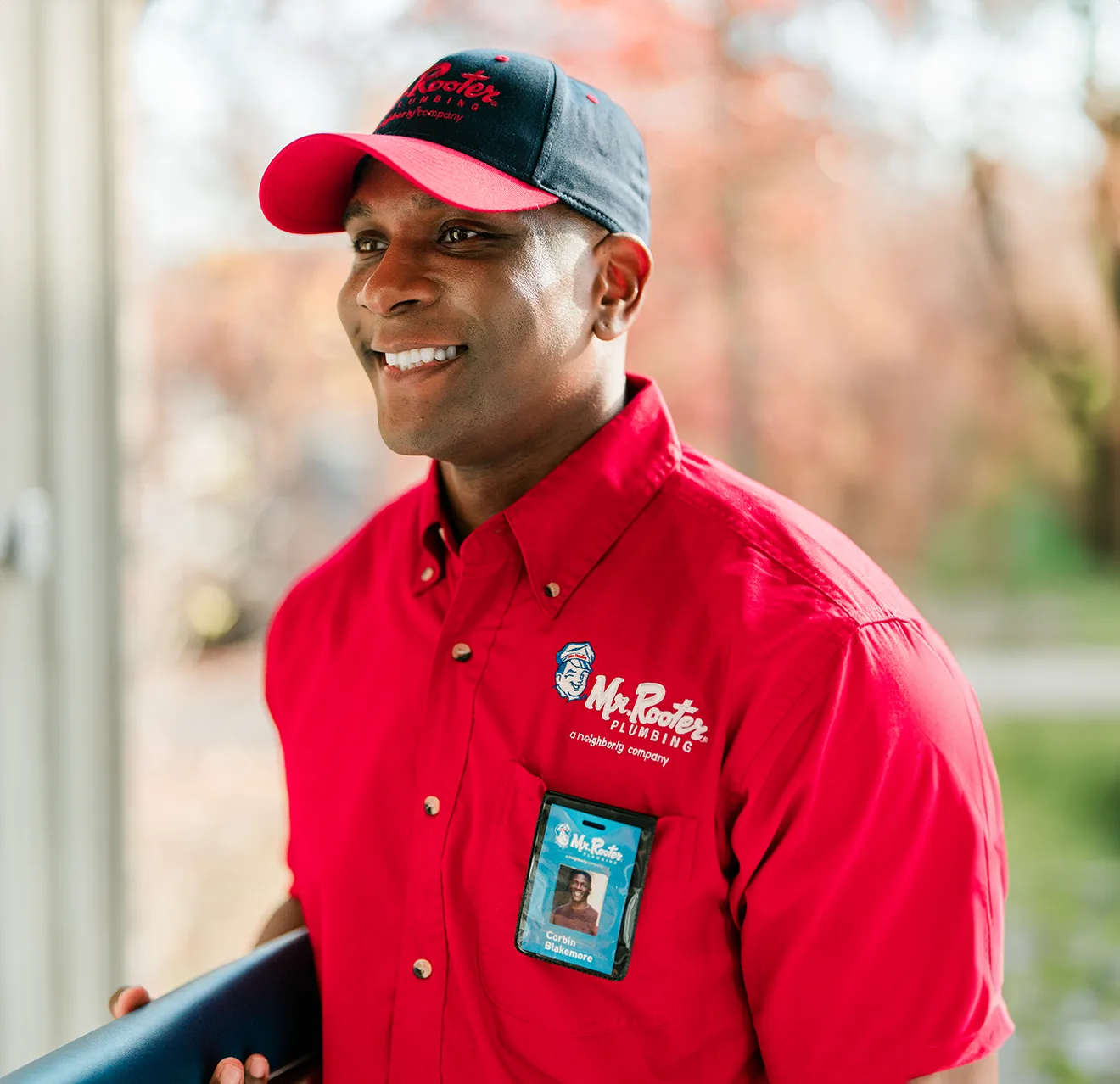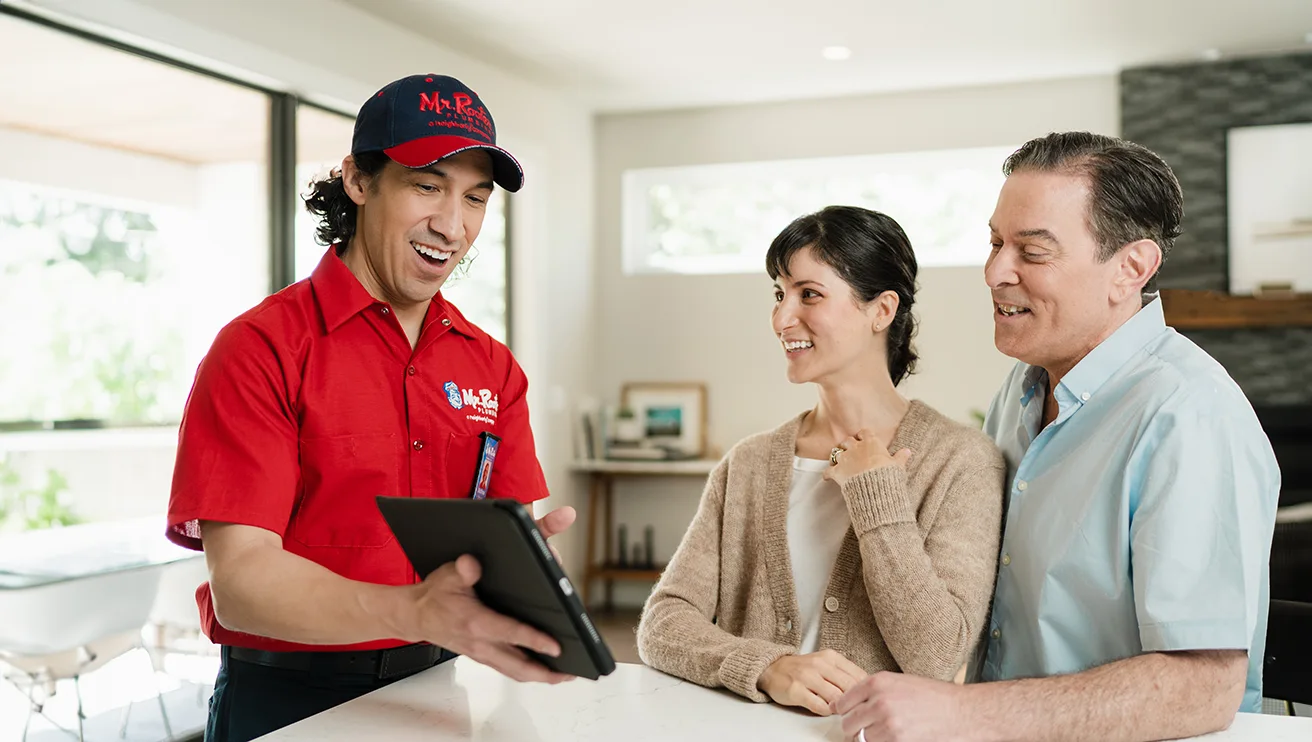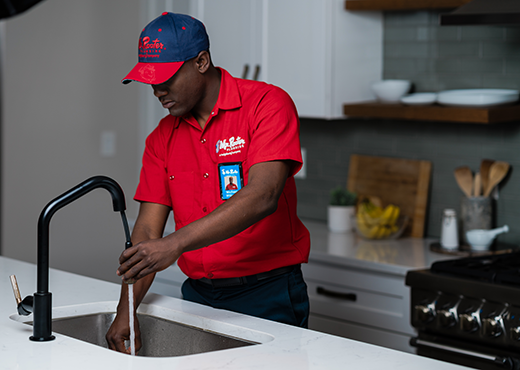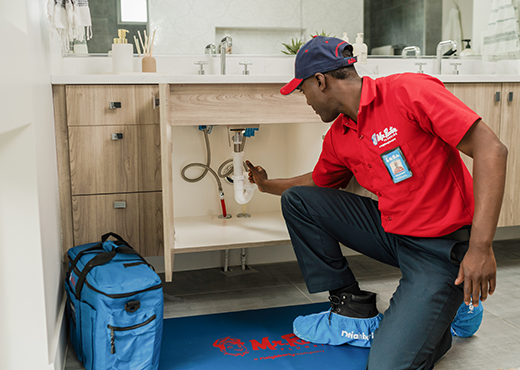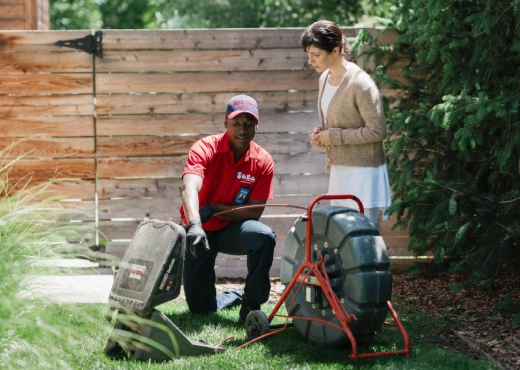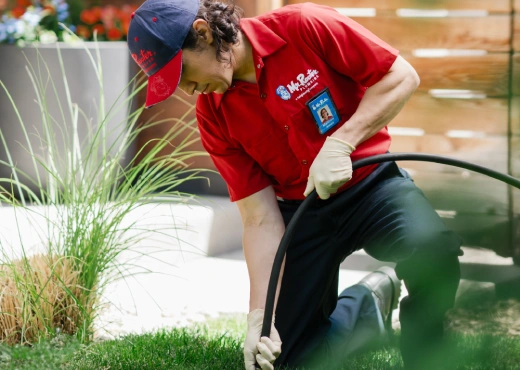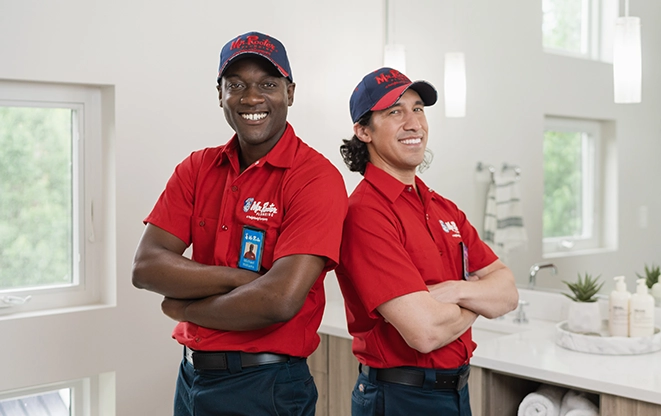As we all know, water tends to pool at the lowest possible point—and all too often, the lowest point in a residential or commercial building is the basement. Sump pump installations correct that problem because it's not just a pump, it's also a sump pit (sump basin) that forms the new lowest point in the building. When water gets inside your home, its first stop is the sump pit. As water levels begin to rise in the pit, the sump pump detects it and automatically turns it on, removing the water from the pit before it can overflow and cause expensive water damage from basement moisture buildup. In that sense, sump pump installation in Calgary is a preventative measure that guards your home by getting rid of water before it has a chance to destroy your belongings and compromise the structural integrity of your building. Additionally, it backs up your exterior perimeter drains (also known as French drains) by pumping away stormwater, protecting your home’s foundation from potential flood risks.
When you call us for sump pump installation, our team of plumbers will start by visiting your property to consult with you and find the right location for the sump pit, which will typically be the place in your basement where flood waters are most likely to settle at the lowest point. When it's time to begin, we'll start by cutting through the basement floor and digging a hole for the sump pit. We'll then install the pit itself before putting it in the pump and hooking it up to an electrical connection. We'll also install a pipe from the pit to a safe point outdoors, typically at least 10 feet away from your foundation, so there's a way for water and effluent to be removed by the pump.
There are multiple types of sump pumps to choose from when it's time for sump pump installation in Calgary. However, submersible sump pumps are the most common and reliable options, so they are the ones our Calgary plumbers recommend. Submersible pumps, as the name suggests, are located at the bottom of the sump pit. They activate when they become submerged in water, removing it from the pit via the discharge pipe (a PVC pipe). Other options include water-powered and battery-operated sump pumps, but as those choices are less reliable than submersible pumps, they are generally recommended only as backup options in case your submersible sump pump installation fails.
